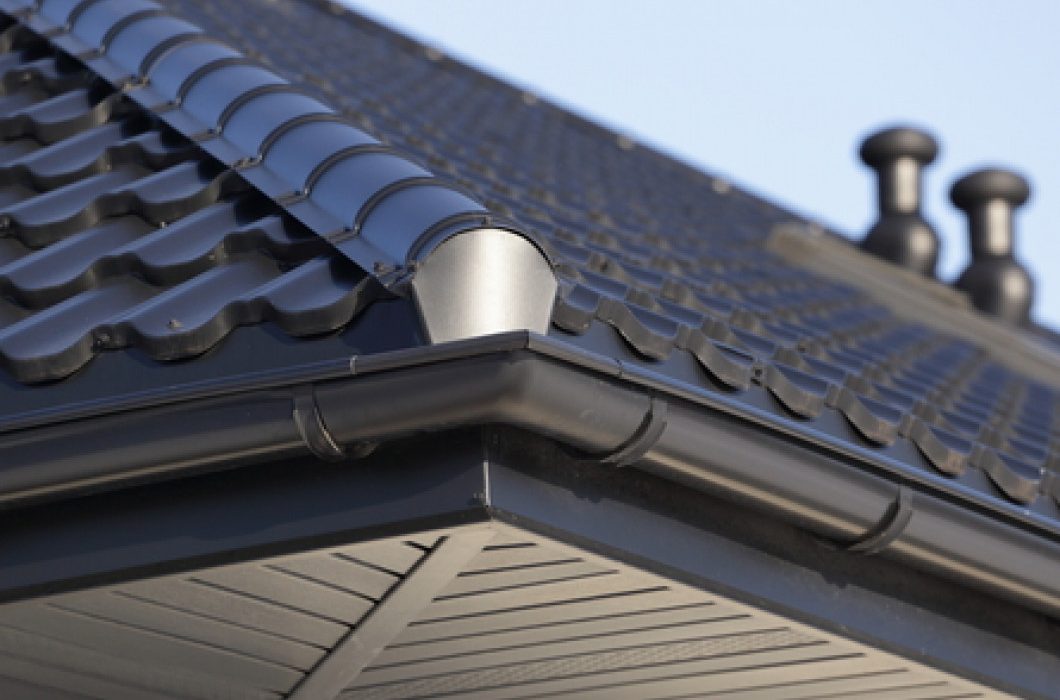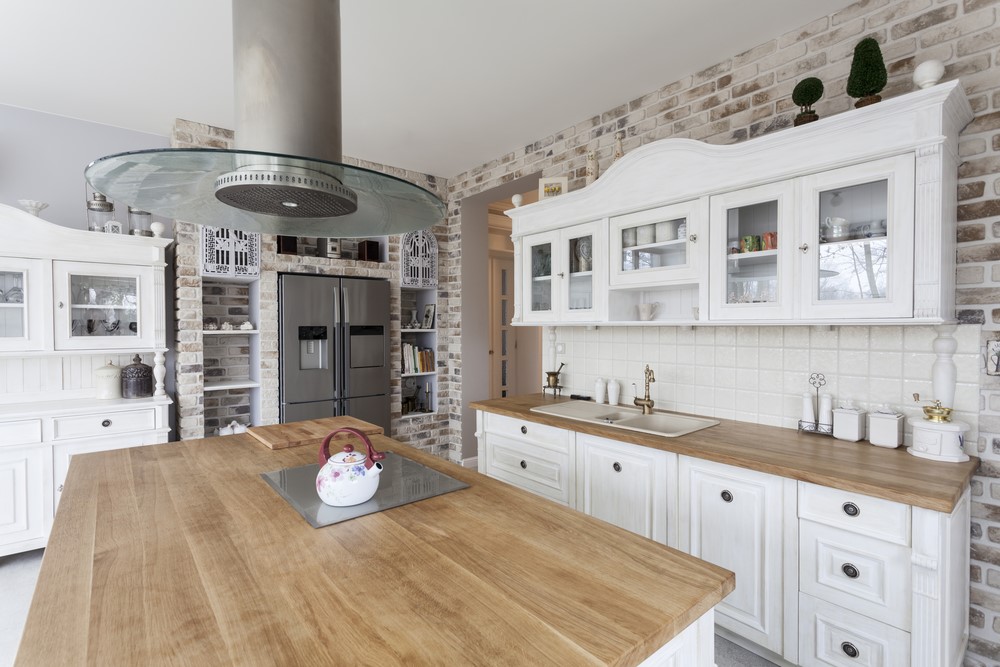
Tile Roofers And Slate Roofers – Who Will Fix Your Tiles?
Tile roofers are the contractors that fit the roofs...

Cleaning Butcher Block Counter tops
Pure hardwoods established off kitchen area fixtures and floorings...
Registration has been disabled.
